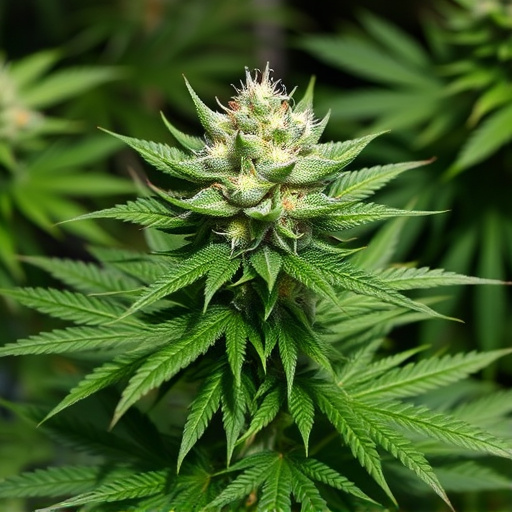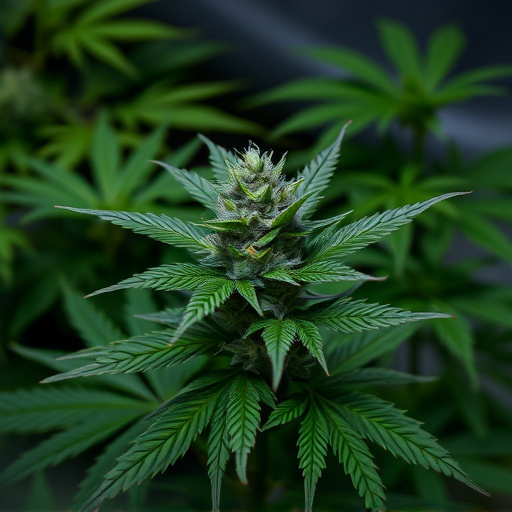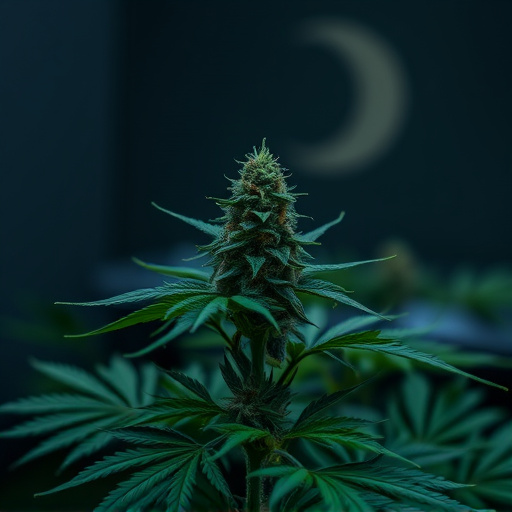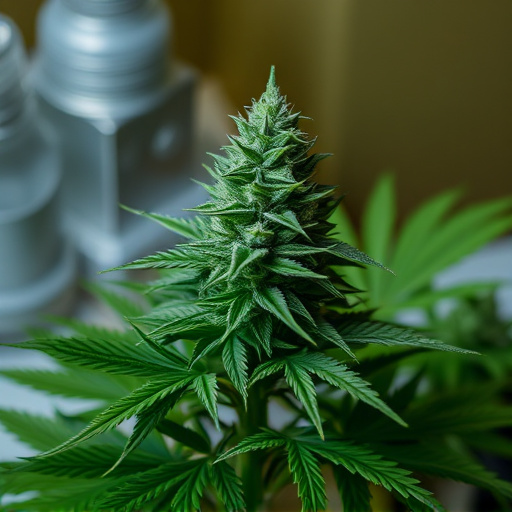TL;DR: Every person's metabolism uniquely determines how their body processes and eliminates cannabis compounds like THC, affecting sleep aid effectiveness. For cannabis strains for insomnia, high CBD and low THC sooth-inducing strains are ideal for slower metabolizers or sensitive individuals, while higher THC strains may suit faster metabolic rates requiring stronger sedative effects. Key biological factors influencing metabolism include age, gender, BMI, and health status, underscoring the importance of understanding individual genetic traits for consistent dosing and predictable outcomes in treating conditions like insomnia.
“Unraveling the enigmatic detection times of cannabis is essential, especially in the context of modern healthcare, where understanding its effects on sleep patterns is crucial. This article delves into the multifaceted factors influencing how long cannabis remains detectable in various body specimens.
From the intricacies of human metabolism and genetic predispositions to the diverse characteristics of cannabis strains and their impact on insomnia, we explore why detection times vary. Additionally, we dissect the role of testing methods and external variables, shedding light on the complexities of cannabis detection.”
- Metabolism and Individual Variations
- – Genetic factors influencing metabolism
- – Age, weight, gender, and their impact on detection times
Metabolism and Individual Variations

Every individual’s metabolism is unique, which significantly influences how quickly or slowly their bodies process and eliminate cannabis compounds like THC (tetrahydrocannabinol), the primary psychoactive component responsible for its psychological effects. This variability stems from factors such as age, gender, body mass index (BMI), and overall health. For instance, younger individuals tend to metabolize cannabis faster due to a more efficient liver function compared to older adults. Similarly, people with higher BMIs may experience longer detection times because of the increased fat content in their bodies, where cannabinoids can temporarily bind.
When considering cannabis strains for insomnia, understanding these individual variations is crucial. Soothe-inducing strains with high CBD (cannabidiol) and low THC levels might be ideal for individuals who are more sensitive to THC’s psychoactive effects or have slower metabolisms, as they are less likely to cause lingering cognitive impairment. Conversely, strains with higher THC concentrations could be more suitable for those with faster metabolisms who require a stronger sedative effect to combat insomnia.
– Genetic factors influencing metabolism

The speed at which cannabis is metabolized and its detection time can vary greatly among individuals, and genetic factors play a significant role in this process. Each person’s body processes cannabis slightly differently due to their unique genetic makeup, which influences how quickly the active compounds, like THC (tetrahydrocannabinol), are broken down and eliminated from the system. This variation is particularly relevant when considering cannabis strains for insomnia, as the desired effects can impact detection times. For instance, strains with higher THC levels might result in longer detection windows compared to those with more CBD (cannabidiol).
Genetic variations in metabolizing enzymes, such as CYP2C9 and UGT1A1, can affect how efficiently the body processes cannabis. Individuals with specific genetic traits may have faster metabolism rates, leading to quicker elimination of cannabinoids from their systems. Understanding these genetic influences is crucial when considering cannabis use for medical purposes, especially for conditions like insomnia, where consistent dosing and predictable effects are essential for effective treatment.
– Age, weight, gender, and their impact on detection times

Cannabis users’ biological characteristics, such as age, weight, and gender, play a significant role in determining detection times. Studies show that younger individuals tend to metabolize cannabis faster than older adults, leading to shorter detection periods. This is partly due to differences in liver function and drug metabolism rates across age groups. Additionally, body mass index (BMI) influences the speed of cannabis elimination from the system; heavier individuals may experience longer detection times because they have more fat cells that can retain and slowly release cannabinoids.
Gender also contributes to variations in detection times. Research suggests that women typically metabolize cannabis differently than men due to hormonal differences, with potential variations in drug distribution and clearance rates. This could be particularly relevant for those using cannabis for insomnia or other medical conditions, as the desired effects (e.g., sedative properties) might manifest at different speeds between genders, impacting the chosen strain selection for optimal therapeutic outcomes.
Understanding the factors that influence cannabis detection times is essential, especially when exploring the potential of cannabis strains for insomnia relief. Genetic makeup, age, weight, and gender all play unique roles in how quickly cannabinoids are metabolized and cleared from an individual’s system. These variations highlight the importance of personalized approaches to cannabis use and further emphasize the need for comprehensive research in this area. By considering these factors, individuals can make more informed decisions regarding dosage, timing, and strain selection to achieve desired effects while navigating potential detection challenges.














